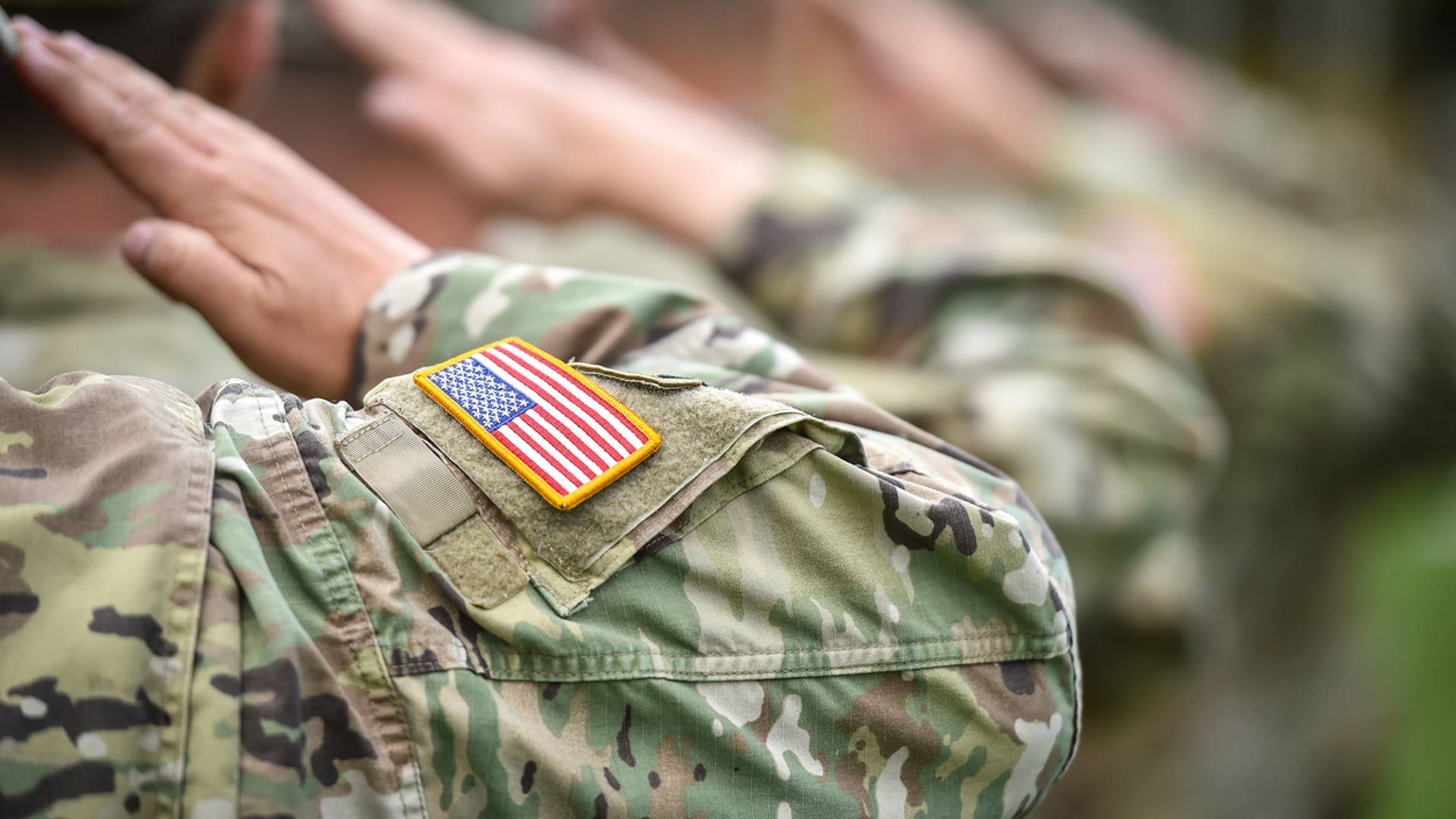The youth in Iowa and other states across the nation attend school from a young age until they graduate high school. While these seem like the innocent years, these are also the times where young adults will rebel and even commit serious crimes. Even planning or threatening to commit an act of violence could land students in a heap of legal trouble as they face serious criminal charges.
How is the threat of violence in a school treated? School violence is considered a growing concern as school shooting and bullying occur at an increased rate. The threats faced by students continually change as young adults are influenced by society and have access to more weapons.
Currently, federal laws control when weapons are found or used at a school. The Gun Free School Act of 1994 made it a crime for a student or anyone to bring a gun close to a school district. Because they believed school violence affected interstate commerce, congress thought they had authority to implement this law. However, the Supreme Court disagreed and struck it down.
This law was later amended and made part of the Elementary and Secondary Education Act of 1965 and called No Child Left Behind. This implies that there is a zero tolerance policy when it comes to weapons at or near a school. In addition, state laws are also created to enforce weapon bans at or near schools as well.
Therefore, an individual faces a charge related to the threat of violence by bringing a gun to school, a student could face multiple state and federal charges. Because of this, it is important to understand how these laws apply to the matter, what evidence was used to charge the accused and what defense options are available. This could help reduce or dismiss the charges against the defendant.
Source: Findlaw.com, "School Violence: Laws and Regulations," accessed Jan. 21, 2018




